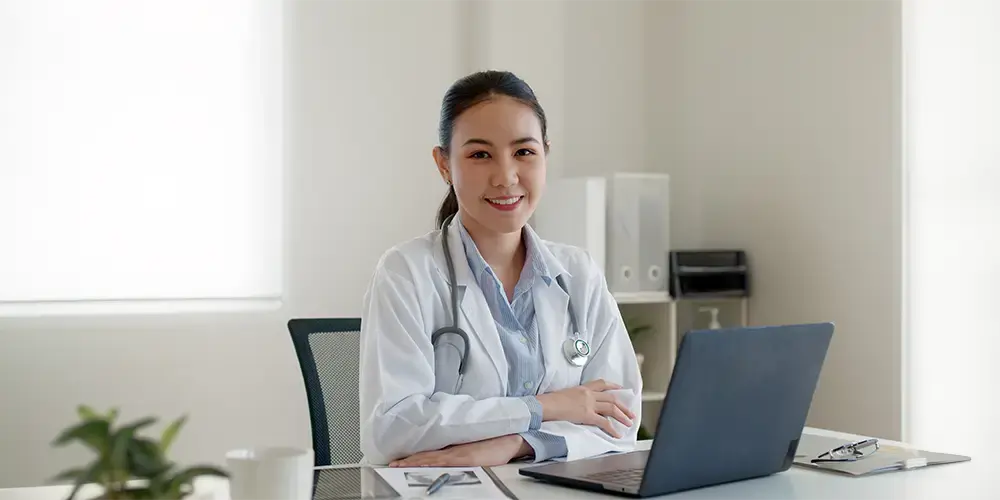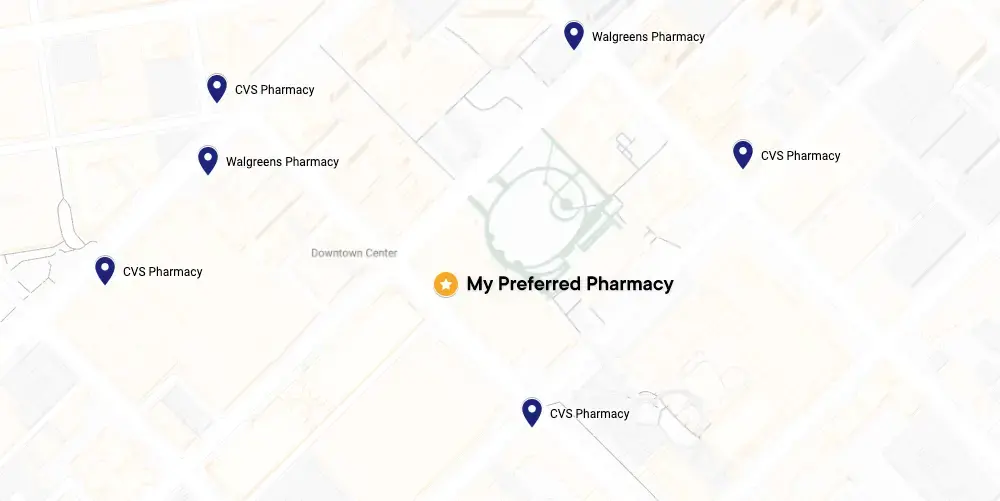Tretinoin cream 0.025%
Tretinoin cream 0.025% is a lower-concentration formulation recommended for beginners and those with sensitive skin. It contains 0.025% tretinoin and is often the starting point for training regimens. This gentle strength helps gradually introduce the skin to tretinoin’s effects and minimizes the risk of potential irritation. It’s usually prescribed to people with mild concerns like fine lines, uneven skin tone, and mild acne.
Tretinoin cream 0.05%
Tretinoin cream 0.05% has a quicker and more noticeable effect than the 0.025% strength cream. It’s still a moderate-strength formulation and is ideal for tackling advanced signs of aging, moderate acne, and stubborn hyperpigmentation.
While potential side effects like dryness and irritation are more likely at a higher dose, proper use as instructed by your doctor will help you reap the benefits of this effective strength while minimizing unwanted reactions.
Tretinoin 0.1% cream
Tretinoin 0.1% cream, containing a concentration of 0.1% tretinoin, is considered a high-strength formulation. This strength is typically prescribed for people needing more intensive treatment to see results with more severe skin concerns, such as very pronounced signs of aging, deep-set wrinkles, or resistant acne.
When considering tretinoin cream 0.1%, consult your doctor or dermatologist to ensure this strength won’t cause adverse side effects based on your skin type and medical history.
Retin-A Microgel
Retin-A Micro, available in a gel formulation, is a prescription medication containing tretinoin with a unique microsphere delivery system that can be a gentler approach to tackling acne than standard tretinoin. This innovative gel formulation releases tretinoin gradually, which helps to minimize irritation while also enhancing your skin’s tolerability. It’s an excellent alternative for people with sensitive skin or those with adverse reactions to higher strengths of tretinoin.
The microspheres also offer potential benefits beyond reduced irritation and have been shown to improve absorption and the effectiveness of tretinoin in some people. While the 0.1% strength in Retin-A Micro is a higher concentration than some other tretinoin products, your doctor may still recommend it if you have more severe acne, like inflammatory papules or pustules.






